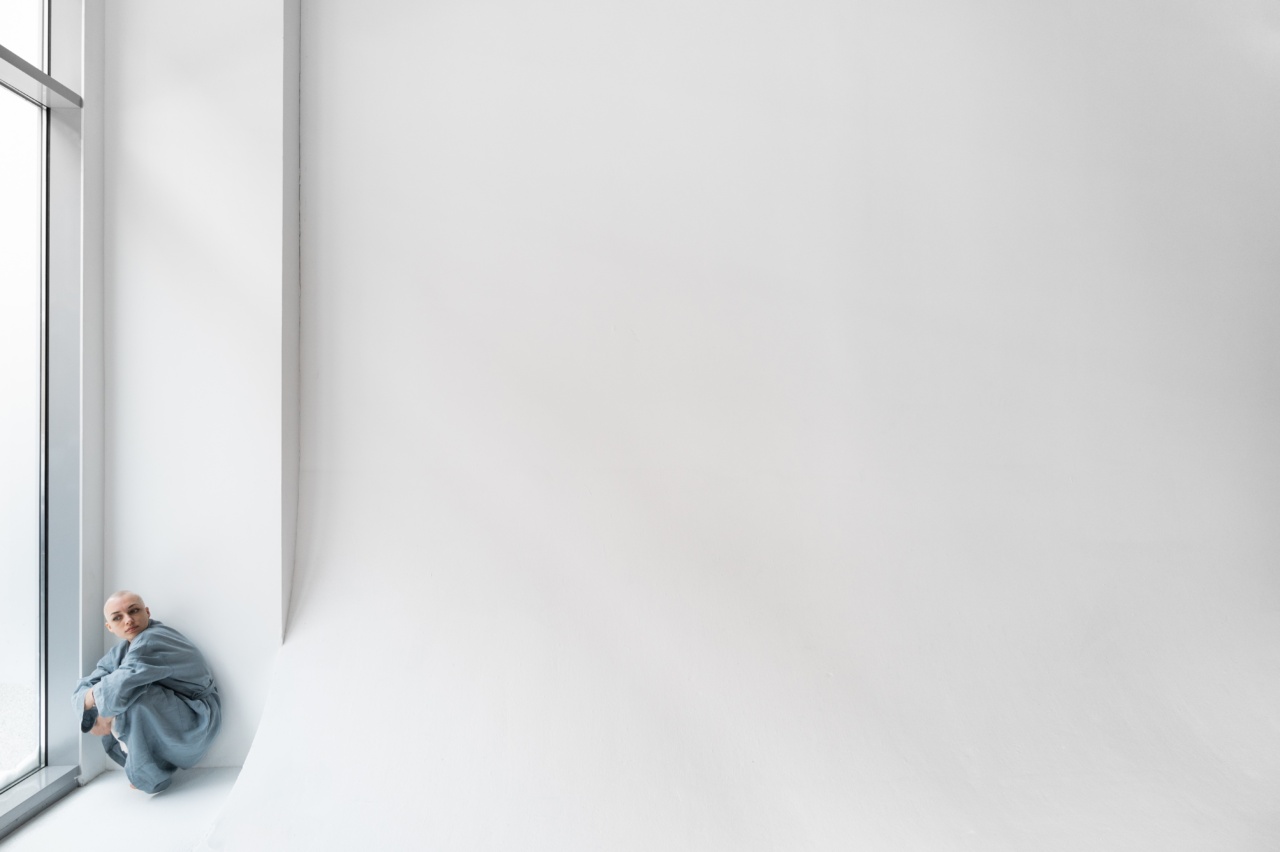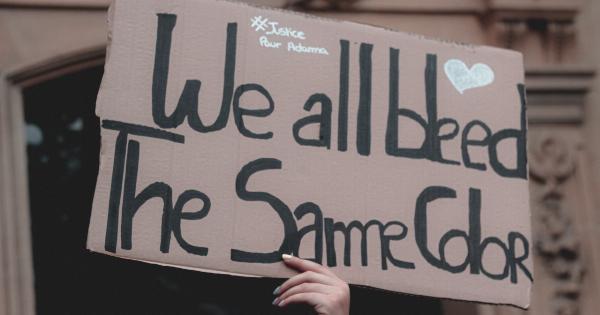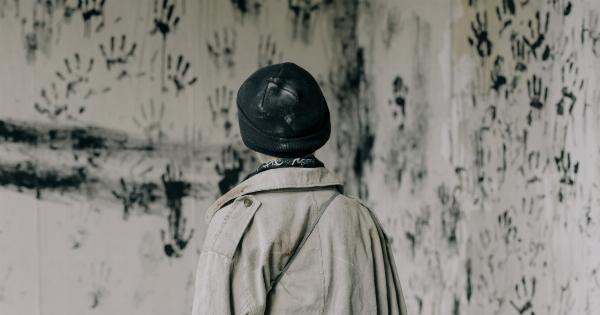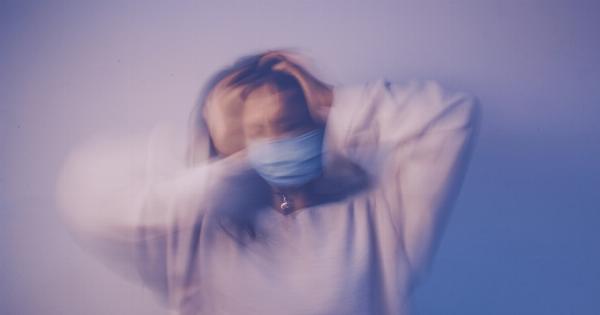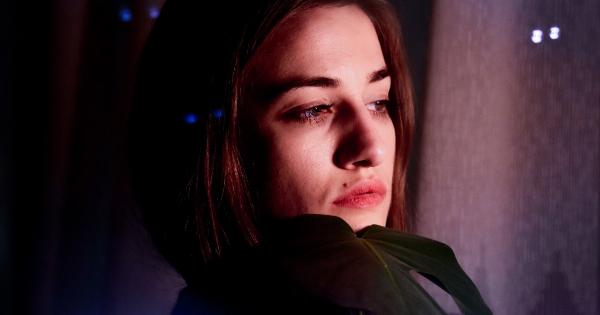In 1875, mental healthcare was nowhere near as advanced as it is now. The inmates of mental hospitals were often subjected to inhumane treatment and conditions.
However, in spite of these challenges, mental hospitals did provide a safe haven for those who could not function in society. In this article, we will explore ten portraits of inmates in a mental hospital of 1875. These portraits give us a glimpse into the world of mental healthcare in the 19th century.
Mary: The First Portrait
Mary was a patient at the mental hospital in 1875. She was a young woman in her early twenties, with long brown hair and wide, innocent-looking eyes.
Her diagnosis was not disclosed by the hospital records, but it is evident from her portrait that she was in distress. Her eyes, despite their innocence, betrayed a sense of sadness and confusion.
John: The Second Portrait
John was a patient of the same mental hospital, but he was a stark contrast to Mary. His rough, weathered features and sunken eyes suggested that he had seen more than his fair share of hardships.
His diagnosis is unknown, but his expression of suspicion and hostility reveals that he was a troubled individual.
Emily: The Third Portrait
Emily’s portrait is of a young girl, not more than sixteen years old. She looks innocent and vulnerable, with a hint of fear in her eyes. Her hair is unkempt, and her clothes are frayed and worn.
Emily’s diagnosis is not mentioned in the hospital records, but her portrait suggests that she was a victim of severe trauma.
William: The Fourth Portrait
William’s portrait displays an old man with a frail and gaunt appearance. His sunken eyes suggest that he has been through a lot of pain and suffering.
William’s diagnosis was recorded in the hospital records; he had been confined to the asylum due to senility and dementia.
Jane: The Fifth Portrait
Jane’s portrait is of a middle-aged woman with sad and mournful features. Her eyes are sunken, and her expression implies a sense of melancholy.
Her diagnosis is obscure, with the only information being that she had been admitted to the hospital due to insanity.
Thomas: The Sixth Portrait
Thomas is a young man, barely in his twenties, with thick curly hair and a full beard. He looks unsure and uneasy, as though he is still figuring out the world around him.
The hospital records reveal that Thomas’ diagnosis was schizophrenia, a severe condition which was not well understood at the time.
Sarah: The Seventh Portrait
Sarah’s portrait portrays a woman in her forties, with a hardened expression and a strong jawline. Her hair is pulled back, and her eyes are scrutinizing.
Sarah had been admitted to the hospital due to mania, with records mentioning that she had a history of erratic behavior which had worsened in the past year.
Charles: The Eighth Portrait
Charles’ portrait displays a man in his thirties, with a chiseled face and prominent features. His clothing is neat and in good shape, and he seems to carry himself with a sense of pride.
Charles’ diagnosis is unknown, but his portrait suggests that he was a man with a strong personality and a determined disposition.
Elizabeth: The Ninth Portrait
Elizabeth’s portrait is of a woman in her fifties, with grey hair and piercing eyes. She looks determined and fearless, with an air of authority around her.
Elizabeth had been admitted to the hospital due to melancholia, a condition which was often used as a catch-all for unresolved emotional distress.
George: The Tenth Portrait
George’s portrait portrays a man in his forties, with a thick beard and a determined expression. His hair is long and unkempt, and his eyes betray a sense of tension and unease.
George had been admitted to the hospital due to delusions and paranoia.
Conclusion
These ten portraits provide us with a valuable insight into the world of mental healthcare in the late 19th century.
The diagnoses of these patients, the way they were treated, and the conditions they were subjected to, all reveal a lack of understanding of mental health at the time. However, these portraits also display the strength and resilience of the human spirit in the face of adversity.
The patients in these portraits may have been forgotten by time, but their stories can teach us valuable lessons about compassion, understanding, and the importance of mental healthcare.
